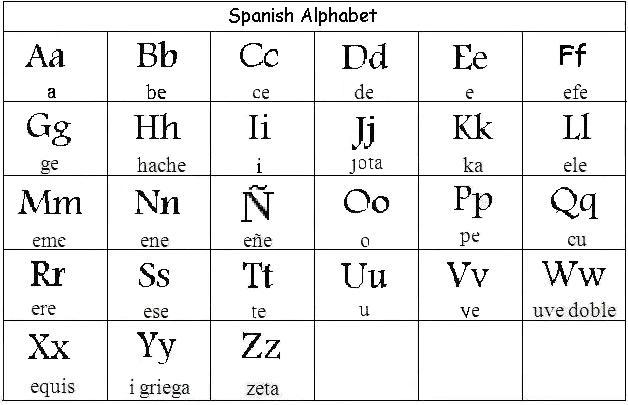Technically, Chinese is a "macro-language" that encompasses dozens of different dialects and forms that together have just short of 1.2 billion native speakers. In total there is 1197 million native speakers ( Mandarin having 848 million speakers ). Mandarin, is also the most widely spoken variety of Chinese with 70% of China's entire population .
As stated in the Oxford English Dictionary ( OED ), Chinese words have been recorded in English since the mid- 16th century, with early examples like tai chi ( year 1736 ), ginseng ( year 1634 ), yin and yang ( year 1671 ), kumquat ( yer 1699 ), and feng shui ( year 1797 ). To conclude, the earliest of all "loanwords" from the CHinese language, is lychee ( year 1588 ).
